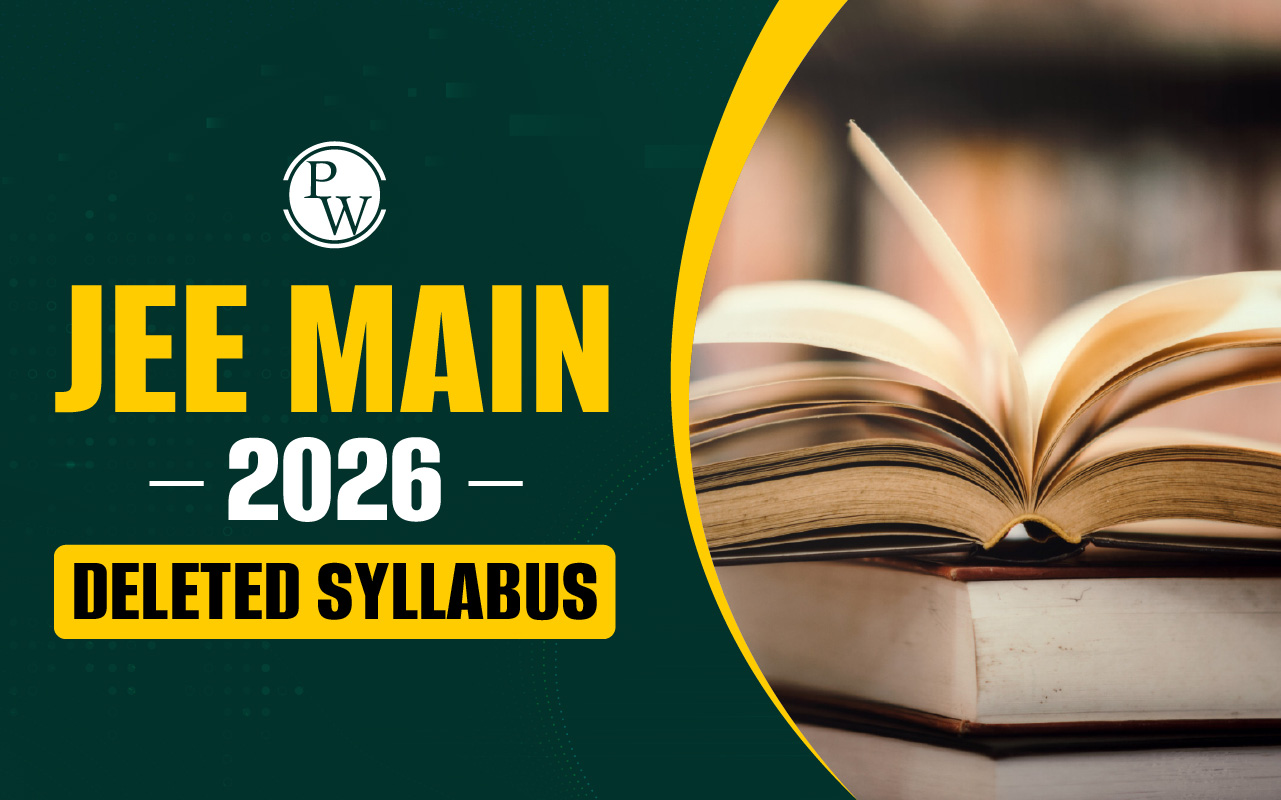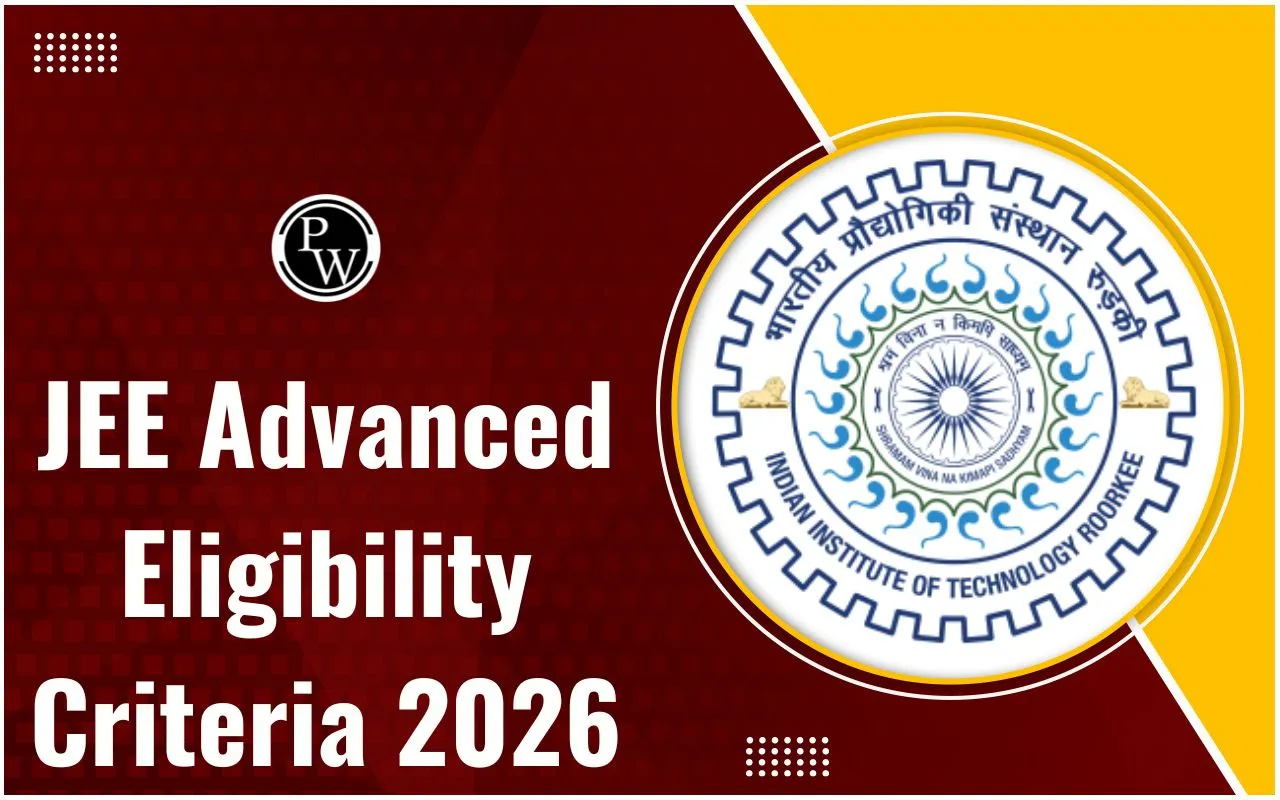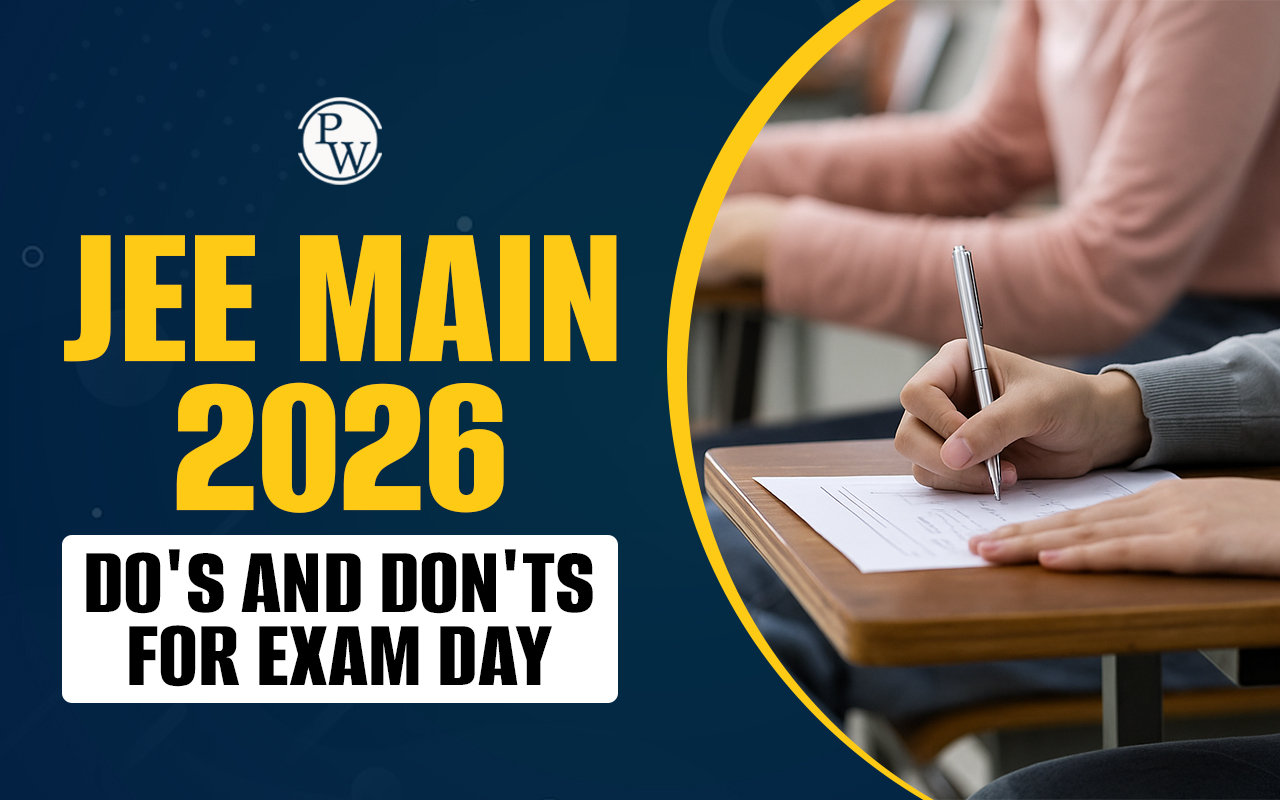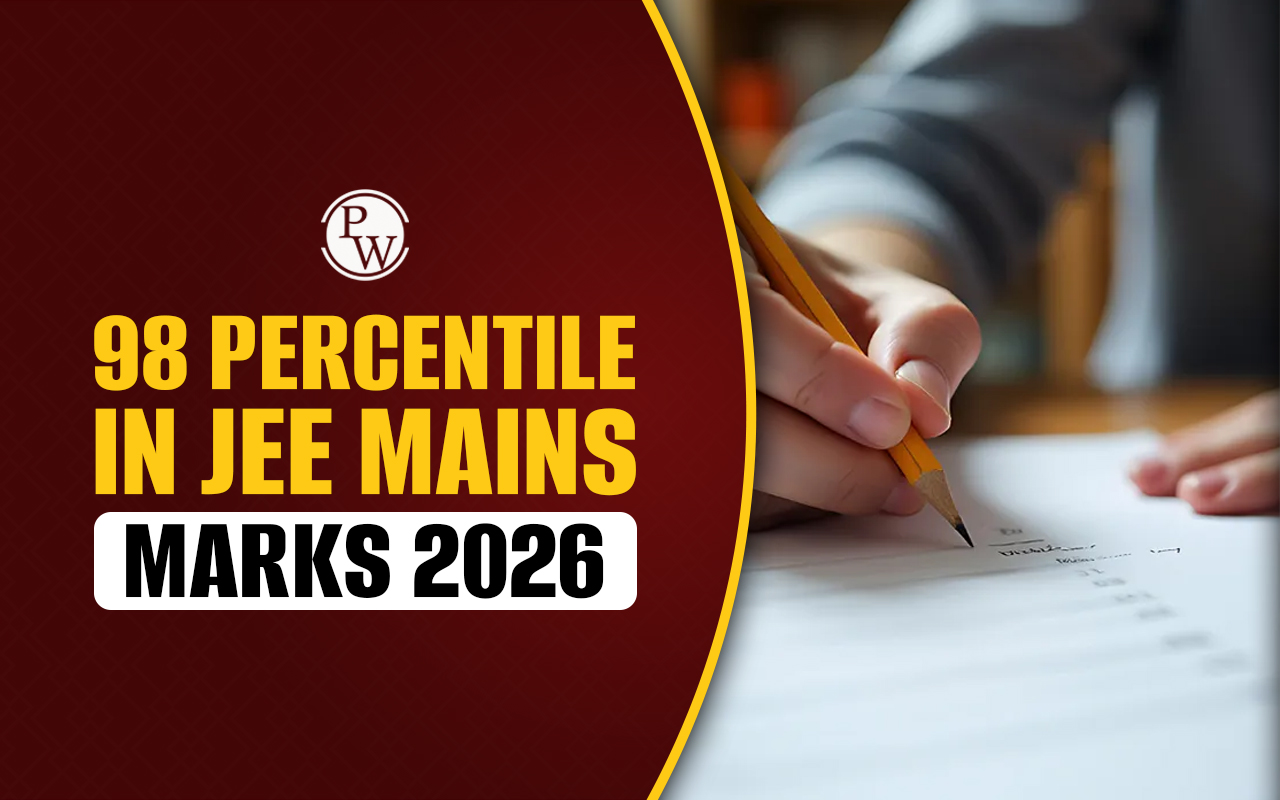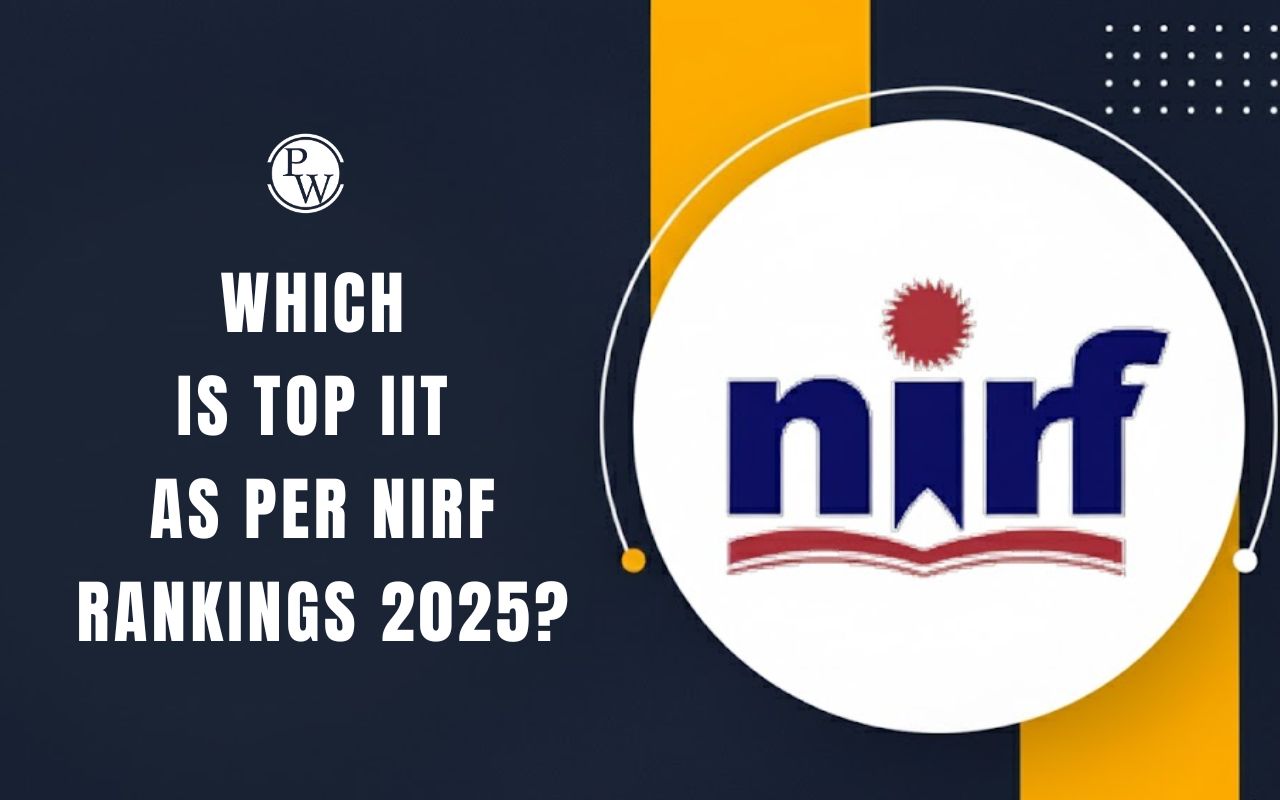
Behavior of Gases : We know that Gases are the most diffused form of matter. In a gas, the molecules are highly energetic, and they can be widely separated from each other. The behavior of gases and their properties derive from these facts. Sometimes the term vapour is used to describe a gas. Strictly speaking, a gas is a substance at a temperature above its boiling point.
A vapour is the gaseous phase of a substance that under ordinary conditions, exists as a liquid or solid. One of the more obvious characteristics of gases is their ability to expand and fill any volume they are placed in. This contrasts with the behaviour exhibited by solids (fixed shape and volume) and liquids (fixed volume but indeterminate shape). This behaviour is studied in Gas laws like Boyle’s laws, Charles law, Gay-Lussac’s law, Avogadro’ law and Dalton law of Partial pressure.
Behavior of Gases
Gas Laws : The gases such as hydrogen, oxygen and helium etc. which cannot be liquified easily are called permanent gases. The gases whose molecules are point masses (mass without having volume) and do not attract each other are called ideal or perfect gases. Assuming permanent gases to be ideal, through experiment it has been observed that these gases irrespective of their nature obey the following laws.
BOYLE’S LAW : For a given mass of an ideal gas at constant temperature, the volume of a gas is inversely proportional to its pressure. i.e. V ∝ 1/P. So, PV = constant, for a given temperature and given mass of gas.
Charle’s Law : At constant pressure, the volume of a given quantity of a gas is directly proportional to the absolute temperature i.e., V ∝ T or V/T = constant, for a given mass of gas at constant pressure
Gay-lussac’s Law : For a given mass of an ideal gas at constant volume, pressure of a gas is directly proportional to its absolute temperature i.e., P ∝ T ⇒ P / T = constant, where m and V = constant.
Avogadro’s Law : At same pressure and same temperature, equal volumes of all gases contain equal number of molecules. At STP or NTP (0°C and 1 atm i.e., 273 K and 1 01 105 2 . × − Nm ), we have 1 mole of an ideal gas ≡ = NA ( 6 02 1 × 023). molecules of gas ≡ 22. 4 litre of the gas M (molecular weight) gram of the gas.
Dalton’s Law of Partial Pressures
Dalton’s Law of Partial Pressures : If an enclosure contains a number of non-reacting gases, each gas behaves independent of the other and the total pressure exerted by the gases on the walls of enclosure is the sum of pressures exerted by individual gases i.e., P = P 1 + P 2 + P 3 + ....
Graham’s Law Of Diffusion
Graham’s Law Of Diffusion : At constant temperature and pressure, the rate of diffusion of a gas is inversely proportional to the square root of its density. i.e., Rate of diffusion ∝Ideal Gas Equation
Ideal Gas Equation : Combining first four laws (i.e., Boyle's Law, Charle's Law, Gay-Lussac's Law and Avogadro's Law) we get one single equation for an ideal gas, i.e.
PV = RT
PV = nRT for n moles of gas
= R = constant
….
(1)
Here, R is the universal gas constant having value.
R = 8.31 J mol –1 K –1 = 2 cal mol –1 K –1
For 1 mole of a gas n = 1 i.e., PV = RT
= R = constant
How To Describe An Ideal Gas?
How To Describe An Ideal Gas? An ideal gas has the following properties:
1. An ideal gas is considered to be a "point mass". A point mass is a particle so small, its volume is very nearly zero. This means an ideal gas particle has virtually no volume.
2. Collisions between ideal gases are "elastic". This means that no attractive or repulsive forces are involved during collisions. Also, the kinetic energy of the gas molecules remains constant since these intermolecular forces are lacking. Volume and temperature are by now familiar concepts. Pressure, however, may need some explanation. Pressure is defined as a force per unit area. When gas molecules collide with the sides of an exert, they exert a force over that area of the container. This gives rise to the pressure inside the container.
Ideal and Real Gas Laws
Ideal and Real Gas Laws : Gases, unlike solids and liquids, have indefinite shape and indefinite volume. As a result, they are subjected to pressure changes, volume changes and temperature changes. Real gas behaviour is simpler. By understanding ideal gas behaviour, real gas behaviour becomes more tangible.
Behaviour of Gases
Behaviour of Gases : Gases are the most diffused form of matter. In a gas, the molecules are highly energetic, and they can be widely separated from each other. The behaviour of gases and their properties derive from these facts. Sometimes the term vapour is used to describe a gas. Strictly speaking, a gas is a substance at a temperature above its boiling point. A vapour is the gaseous phase of a substance that under ordinary conditions, exists as a liquid or solid. One of the more obvious characteristics of gases is their ability to expand and fill any volume they are placed in. This contrasts with the behaviour exhibited by solids (fixed shape and volume) and liquids (fixed volume but indeterminate shape).
Vander Waal’s Equation
Vander Waal’s Equation : Perfect gas equation PV = RT is most closely obeyed at high temperature and low pressure where the intermolecular forces and the volume of gas molecules become negligible. It fails at high pressure and low temperature, because actual gas molecules possess finite size and intermolecular attraction, Vander Waal introduced these two corrections in perfect gas equation and obtained the following equation for real gases.
where a and b are Vander Waal’s constants, depending on the nature of the gas. Vander Waal’s equation for n moles may be expressed as
Behavior Of Gases FAQs
Q.1: What is an ideal gas?
Q.2 : Write ideal gas equation.


